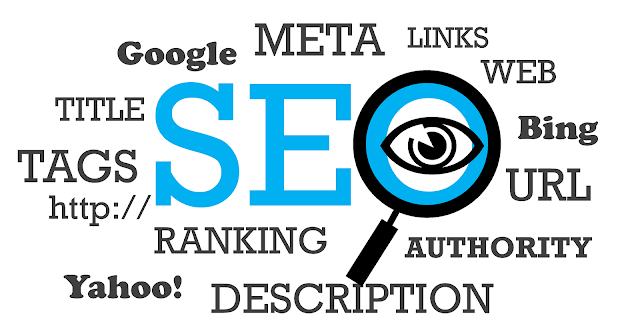This blog post will look at nine tips for writing SEO-friendly content to boost your rankings. If you use the tips mentioned in this list, you will be able to create SEO-optimized content no matter what industry you are writing for.
 |
| How To Write SEO Friendly Articles - Fast Rank on Google |
As you are about to read in this article, making your content SEO-optimized takes a lot more than adding keywords to your posts, videos, and other forms of content.
Here are 10 tips on how to write SEO content to push your content further and improve your SEO efforts at the same time. If you want to build a thriving online business and survive in the ever-changing world of SEO, your job is to create useful content that is interesting, compelling, and well-optimized for search engines; and you must do it consistently.
To help you improve your content's search engine rankings, take a look at this set of SEO rules and tips I've put together in this article. Search Engine Magazine has dozens of keyword research articles if you're not familiar with this foundation of content marketing success. With proper research, you will know how many keywords volume, and trends are available and you can optimize your post or page to take advantage of this search.
You can use keyword research tools like the Google AdWords Keyword Tool to find the most popular keywords.
If you can create good content by naturally targeting long-tail keywords, you will definitely dominate the search engines. The type of keyword you're targeting will depend on the type of content you're creating.
Every crawlable content you create should have a unique primary keyword objective and also use Latent Semantic Indexing (LSI) keywords (natural variants of your primary keyword).
Using a descriptive, easy-to-read URL containing your target keywords is SEO best practice.
This means that while you should give the necessary attention to your page title and description, you should also consider naturally adding SEO keywords to the body of the page.
Instead of using keywords throughout your content, you can use them more in opening paragraphs and as subtitles.
Excessive use of keywords greatly impairs the readability of the text, which you definitely don’t want to do. Overuse of keywords is not a good idea, as your readers will immediately know your intent. Make sure you use keywords while still being relevant to your content.
Try to create useful and informative content that contains your main keywords appropriately and naturally in your ALT text.
Use relevant, keyword-rich phrases in titles and content to let your readers and search engines know what your post is about. Write clear, interesting headlines and use rich keywords.
Now that your keyword research is complete and you've created your headline, it's time to focus on content creation. Considering the search intent and keyword type, you can now determine the best format for your post.
This will improve the readability of your content and make it clear to users as well as search engines on the topic you are writing about. You'll learn specific questions about the topic so you can write the answers in your content.
Before writing about any topic for your website or blog, you need to do deep research on keywords that are closely related to that topic. If you want to write the best content to rank on Google, you need to target keywords.
While keywords in a URL are a small ranking factor, writing a high-quality URL that clearly describes the content of your page will help your readers understand what's in it.
Because HTML tags are one of the first things search engines scan to understand your content, content authors need to understand the importance of using target keywords and LSI keywords in the title, meta description, title, and first 100 words of the content.
Title tags are one of the most important SEO elements on a page and contain advanced keywords.
A meta description is a summary of your content that Google uses to display below your title in search results.
Adding meta tags to describe the content of a web page improves the SEO of your site.
The description will help your image rank higher in Google Image Search and provide context on how it relates to the content of your pages.
"The title should give an accurate description of the content that will be in the blog post."
SEO-friendly content is a type of content designed in such a way that search engines rank it highly.
At the heart of search engine optimization SEO lies in writing better content than the competition and, yes, using the best technical and internal SEO practices along the way.
While some marketers believe that SEO-optimized content means it should be filled with keywords, it's actually meant to help search engines find, understand, and relate your content to the topic you're trying to cover.
 |
| How To Write SEO Friendly Articles - Fast Rank on Google |
Once you learn SEO copywriting, you will be able to write content that ranks high on Google results pages and generates clicks from prospects or customers.
Both SEO and content writing are big pieces of the puzzle, so it's important to use quality techniques to drive more traffic and increase engagement on your site.
There is a lot of thought and forethought when writing strong SEO content. While optimizing your site structure and improving technical SEO isn't necessarily part of a content writer's job, it's important to understand how these factors affect your ability to rank your content.
Check overall optimization status: make sure your text is perfectly structured for your target keyword and written in an SEO-friendly style.
Remember the related keywords and, most importantly, the topic of the title, but clear your mind of any SEO thoughts. Add recommended keywords. SEMrushs Keyword Magic tool prompts you to add multiple related keywords to your text to increase the SEO potential of your articles.
